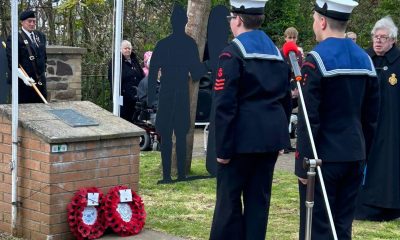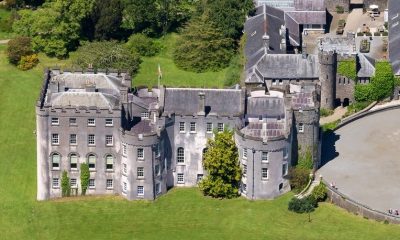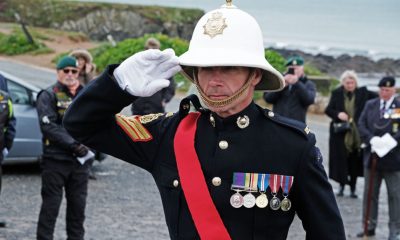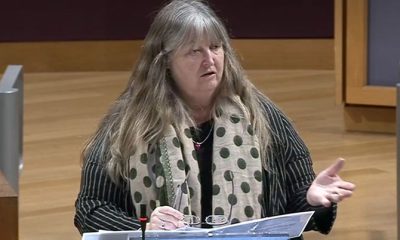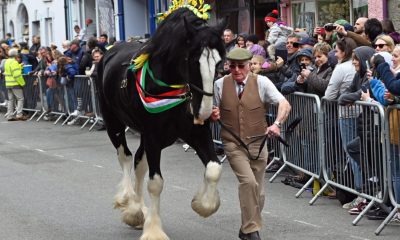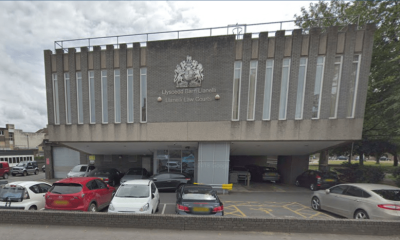News
Press gagging order granted in James Oulton case by Crown Court judge
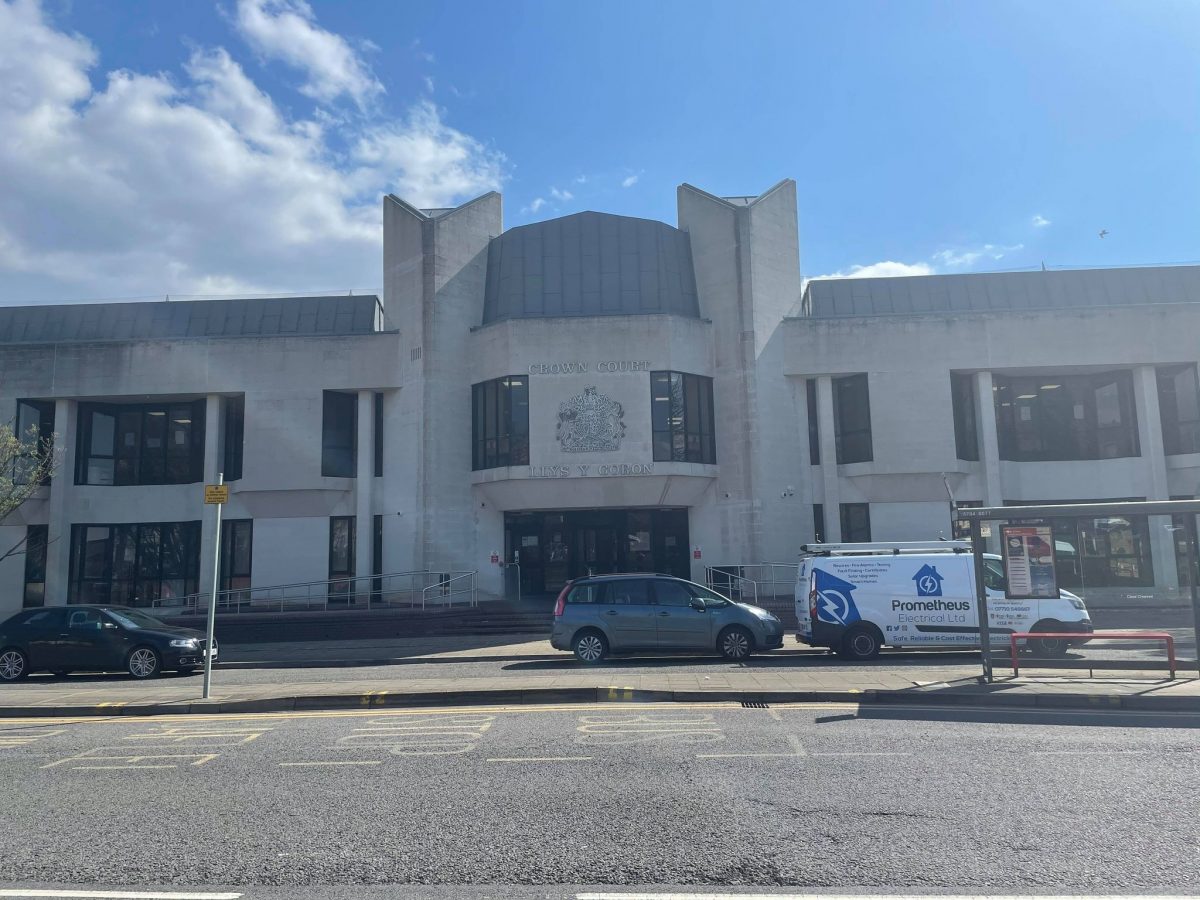
THE CROWN COURT judge presiding over the James Oulton trial has issued a reporting restriction to the press, which local media says is a “draconian” measure which will hamper the reporting of the child abuse case.
In total, 11 ex-pupils, who were under 13, have accused Oulton, 34, of sexually assaulting them.
He denies 30 charges at Swansea Crown Court, relating to his time at a primary school in Haverfordwest, between 2012 and 2018.
Her Honour Judge C Richards sitting at Swansea Crown Court on Monday (Apr 19) granted an application for a media gagging order made by Oulton’s defence barrister Christopher Clee QC.
The BBC and The Pembrokeshire Herald opposed the order in court, with the Herald saying it will try to overturn the order at the Court of Appeal.
Judge C Richards said that whilst the Pembrokeshire Herald “rightfully and properly reported on the case”, public comments, which have now been restricted, had “been of concern”.
The application was to restrict the reporting of the names of eight adult defence witnesses, or any matter likely to lead members of the public to identify who the witnesses are.
However, the ‘likely to lead’ phrase means, because of possible jigsaw identification of witnesses, likely none of the defence evidence in the case could be reported by the press without publishers running the risk of breaching the order.
Judge C Richards first read legal submissions from the legal team at the BBC.
Barrister for Herald News (UK) Ltd, Matthew Graham Paul, made submissions orally on behalf of this newspaper.
He told the court: “The imposing of reporting restrictions under S.46 of the Youth Justice and Criminal Evidence Act 1999 should be approached with caution.
“The order sought by my learned friend would not merely postpone the reporting of this case, it would, in effect, prohibit any significant reporting of the majority of the defence case altogether.
“The freedom of the press is an absolute fundamental part of court proceedings, and Article 10 rights, necessary in a democratic society.
“The court should exhaust every other remedy before making an order effectively harming the reporting of the case.”
Matthew Paul explained that whilst he understood that there were concerns over Facebook comments written by members of the public on news reports on the Pembrokeshire Herald’s Facebook page, this matter had been resolved by banning commenting all together – something which Facebook has started to allow on specific posts since April 1, 2021.
Matthew Paul explained to the court that Press restriction orders under Section (4)2 The Contempt of Court Act 1981 were rare, “and required a high level of evidence before they were granted”.
“This is not the case for orders made under S.46 of the Youth Justice and Criminal Evidence Act 1999” he said, but argued that applications under both pieces of legislation “should be treated in the same way.”
He said: “The court has an enormous arsenal of sanctions to deploy against anyone violating the Contempt of Court Act”
Calling the application by the defence “draconian”, he added “the court has got several ways of putting witnesses at ease, aside from reporting restrictions.
“Prohibiting a free press on a trial which is of significant interest in my submission is wrong. It is improper for the court to make this s.46 order.”
The judge noted that there had been, in her opinion, an increase in reluctance for witnesses to give evidence since the case had attracted so much publicity.
Judge C Richards said: “I have not read them myself, but I was made aware of public comments on the Herald Facebook page, and that they had caused a bit of a stir in Pembrokeshire.
“It was not anything that I needed to concern the jury about, and I noted that the comment section was promptly restricted.”
When making her order, the judge said: “Continued reporting could mean the quality of evidence given by witnesses could be diminished.
“I am satisfied that a reporting direction is necessary under section 46 and am satisfied that this is in the interests of justice.”
It was also stressed that the reporting restriction does not only cover the press, but also covers members of the public, who could now be breaking the law if they name defence witnesses on social media platforms.
Testimony from the 11 child witnesses for the prosecution can still be reported, but the alleged victims cannot be named.
Community
Anzac Day commemoration service held in Milford Haven
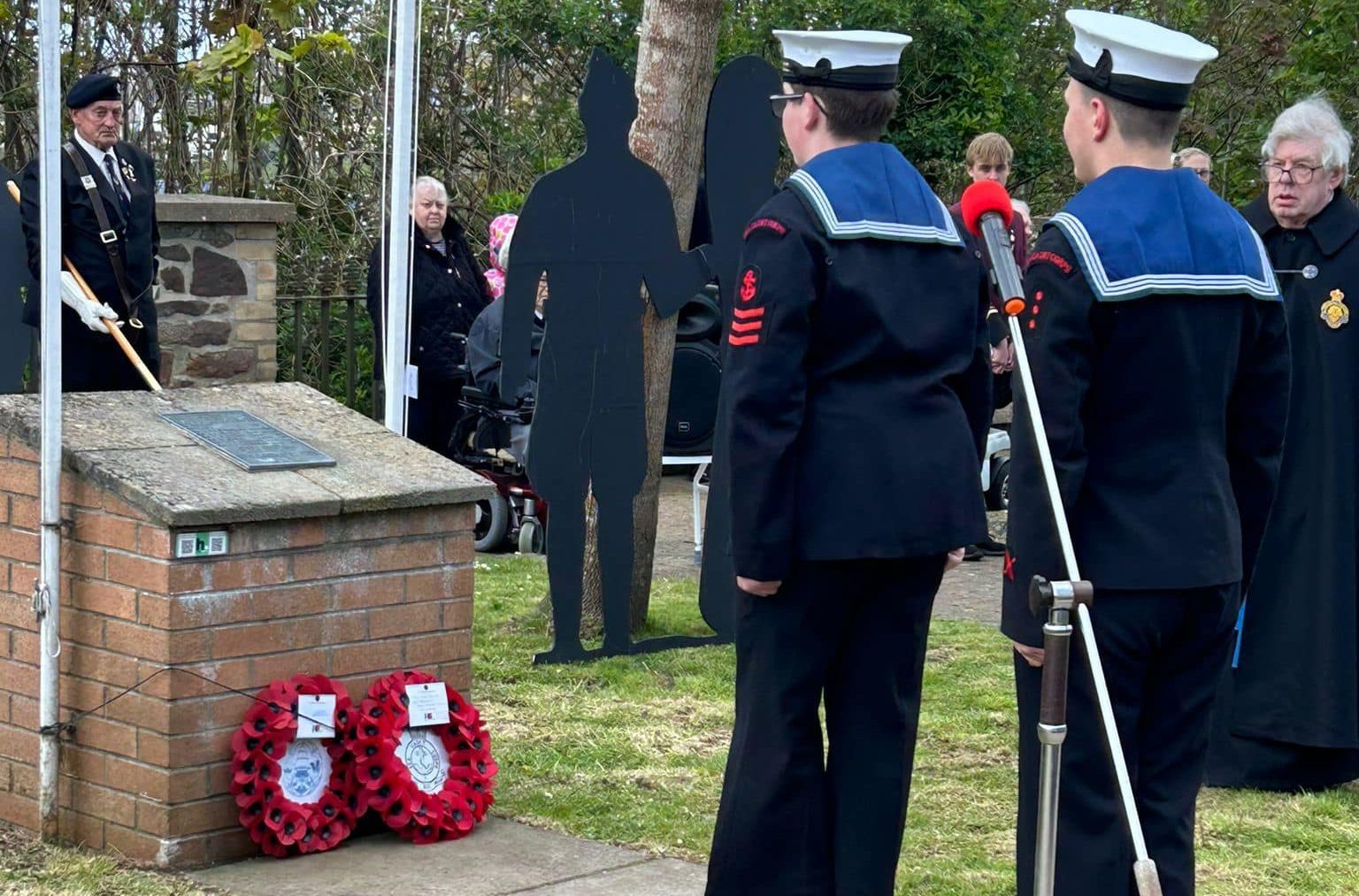
IN a service held on Sunday (Apr 28), the Milford Haven Branch of the Royal British Legion led a poignant commemoration service to mark Anzac Day, honouring the valor and sacrifices of the Australian and New Zealand Army Corps (ANZAC) during the Gallipoli campaign in World War I.
The service, which took place at 11:00am, on Hamilton Terrace, Milford Haven, witnessed a significant turnout.
Attendees included members of the Australian Signals and Signal Company as well as representatives of Milford Haven Town Council and the Milford Haven Sea Cadets.
The service commenced with a welcome and introduction by Lt Col Warren Coetzer, followed by a rendition of the National Anthems of Australia, New Zealand, and Wales, embodying a spirit of unity and remembrance. The anthems were a moving tribute to the camaraderie and international bonds formed in times of conflict.
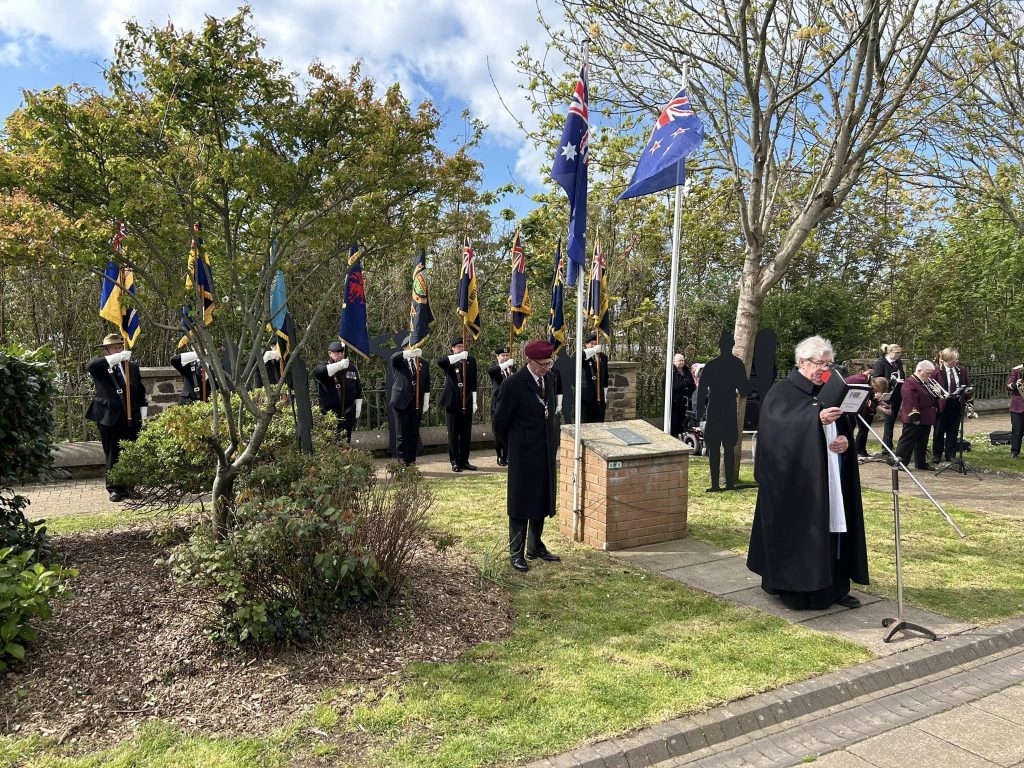
During the service, the Ode of Remembrance was recited, a profound moment that prompted reflection on the courage and fellowship of the ANZAC forces.
The emblematic Rising Sun Cap Badge and the Union Flag were prominently displayed on the event programme, symbolising the service and sacrifice of those who served under them.
Local dignitaries laid wreaths, and a two-minute silence was observed, offering a chance for personal reflection on the cost of war and the price of peace.
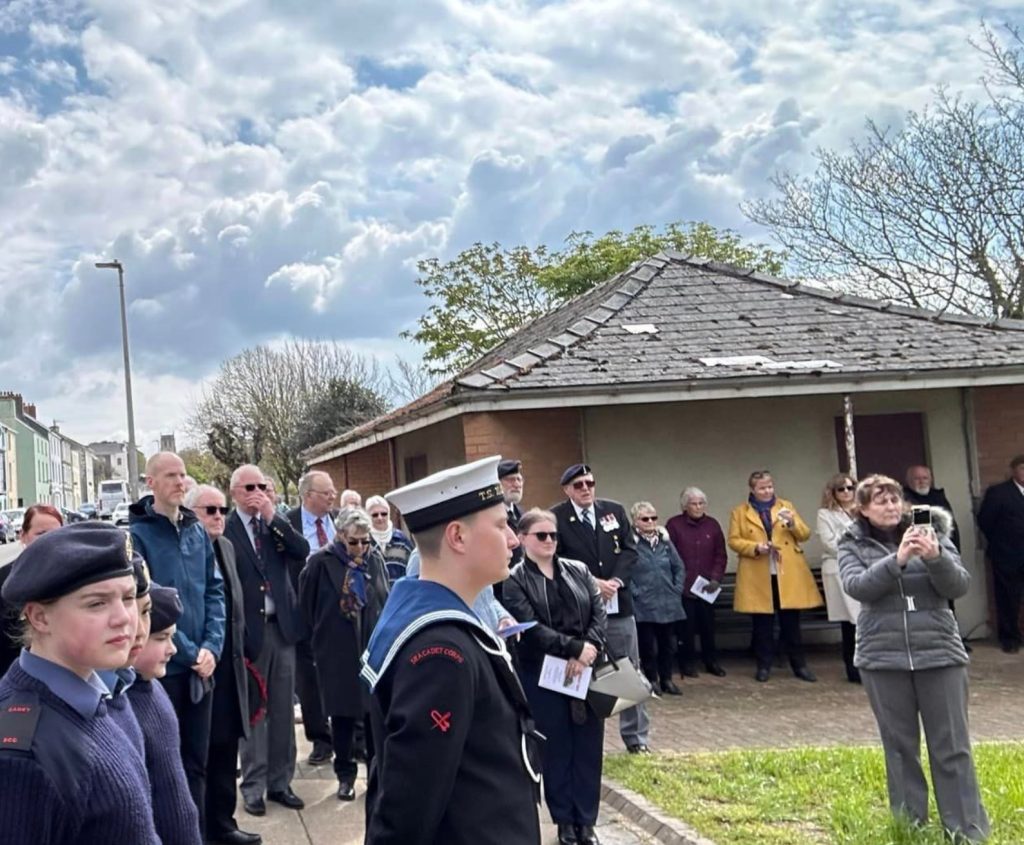
The commemoration concluded with a prayer for peace, leaving the attendees with a message of hope and a renewed commitment to the values for which the ANZAC soldiers bravely fought.
The service was not just a remembrance of past sacrifices but also a reminder of the enduring spirit of the ANZACs, which continues to inspire and guide future generations.
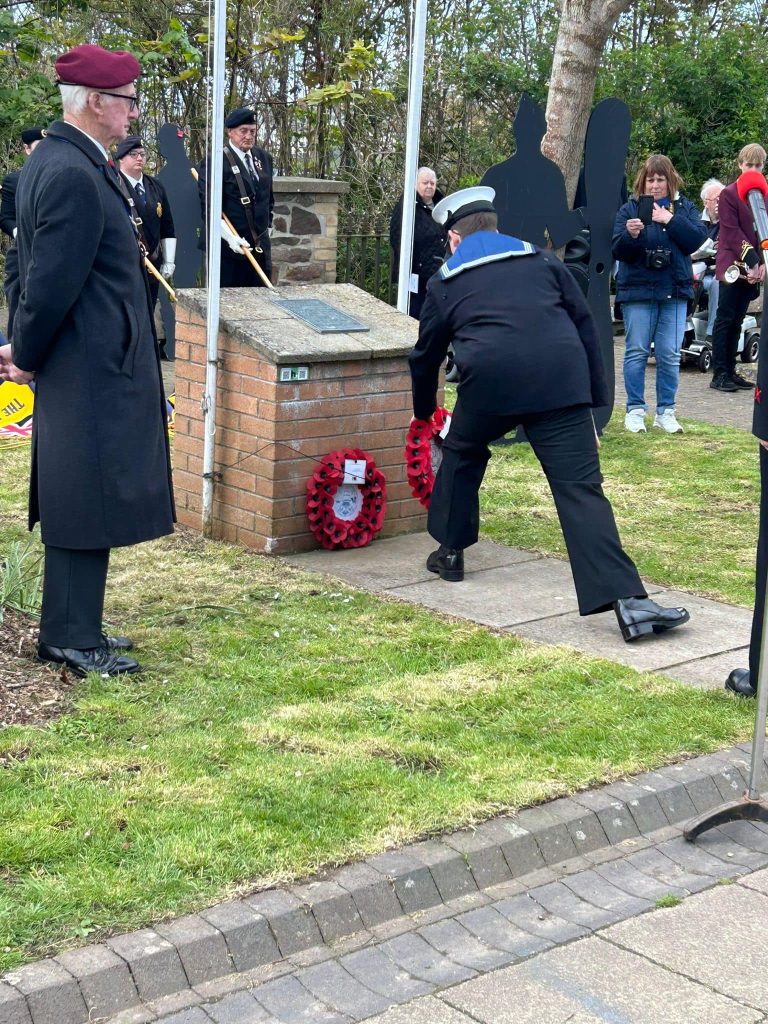
Community
Survey of Picton Castle reveals groundbreaking medieval architecture
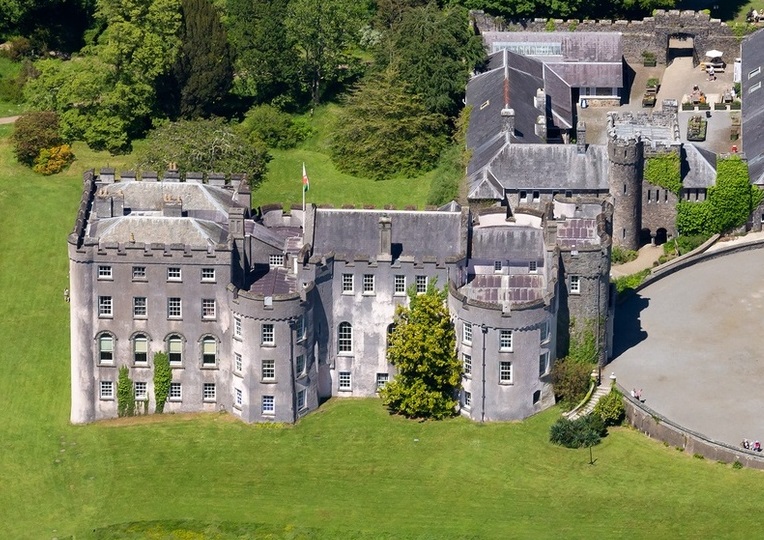
THE first ever detailed architectural survey of Picton Castle, Pembrokeshire, has revealed a medieval castle ahead of its time in terms of design and high status living. Much altered in the Georgian period, the castle was surveyed by the author, Neil Ludlow, with Phil Poucher of Heneb – Dyfed Archaeology (formerly Dyfed Archaeological Trust) and funded by the Castle Studies Trust: it reveals a sophisticated building fit for royalty.
However, the building was actually built between 1315-20 by a senior royal government official called Sir John Wogan, who held office in Pembrokeshire, Northern England and Ireland and possibly fought on a military campaign in Gascony.
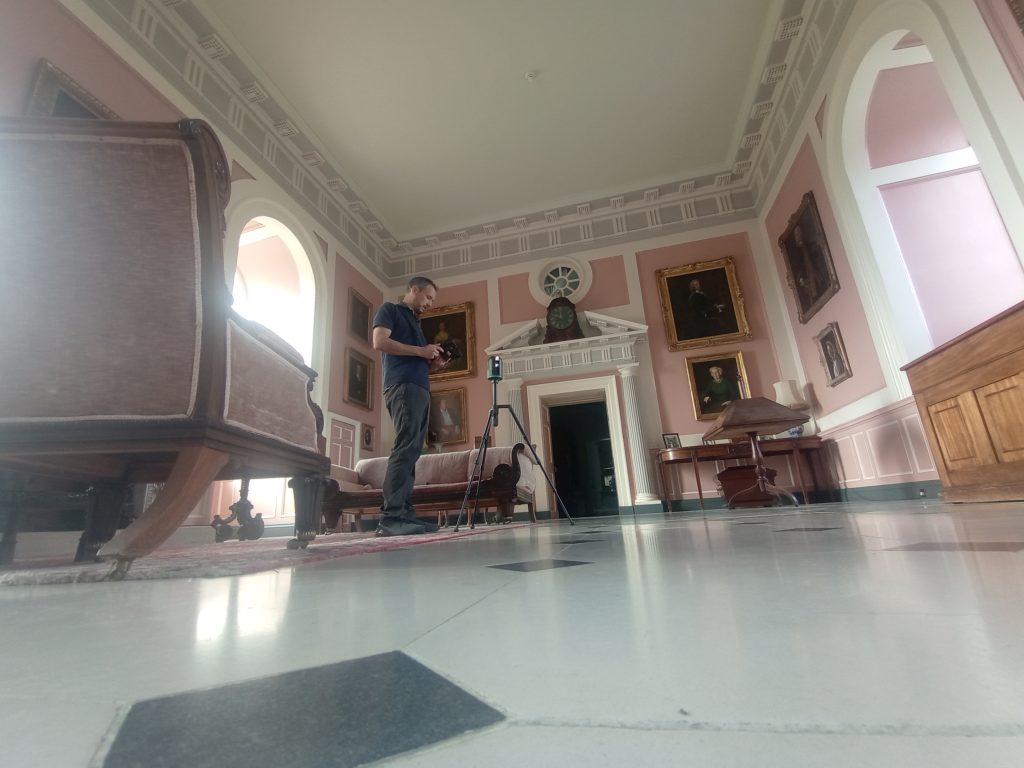
While outwardly it retains much of its medieval flavour, the interiors were extensively made over during the eighteenth century so that it now presents itself first and foremost as a Georgian country seat. But beneath this veneer, much medieval work still survives – though a lot of it is tucked away behind stud-walls, in cupboards, or is otherwise obscured.
Picton’s unique layout makes it a castle of great importance and architecturally ground-breaking for when it was built in the early fourteenth century. Most castles have at least some close parallels, but Picton is effectively one of a kind. Close study shows that it resolves as a central first-floor hall, flanked by services and a chamber-block to form a very early example of the three-unit ‘H-plan’ house.
The gatehouse – unusual in buildings of this kind – led onto an equally unusual ‘grand stairway’ to the hall; a second ground-floor entry probably led to an external kitchen and bakehouse.
The castle’s spatial disposition, access and circulation are meticulously planned, while the domestic appointments show a remarkable level of sophistication for the period, including what appear to be vertical serving-hatches between the ground floor and the service rooms above. At second-floor level, the east towers and gatehouse form two integrated suites of residential apartments either side of a chapel, in a manner firmly rooted within royal planning. The opposite pair of towers, at the west end, seem to have been united internally to form a residential chamber-block, for Wogan’s officials and guests, possibly served by latrines in the former west tower; the present partition walls are later.
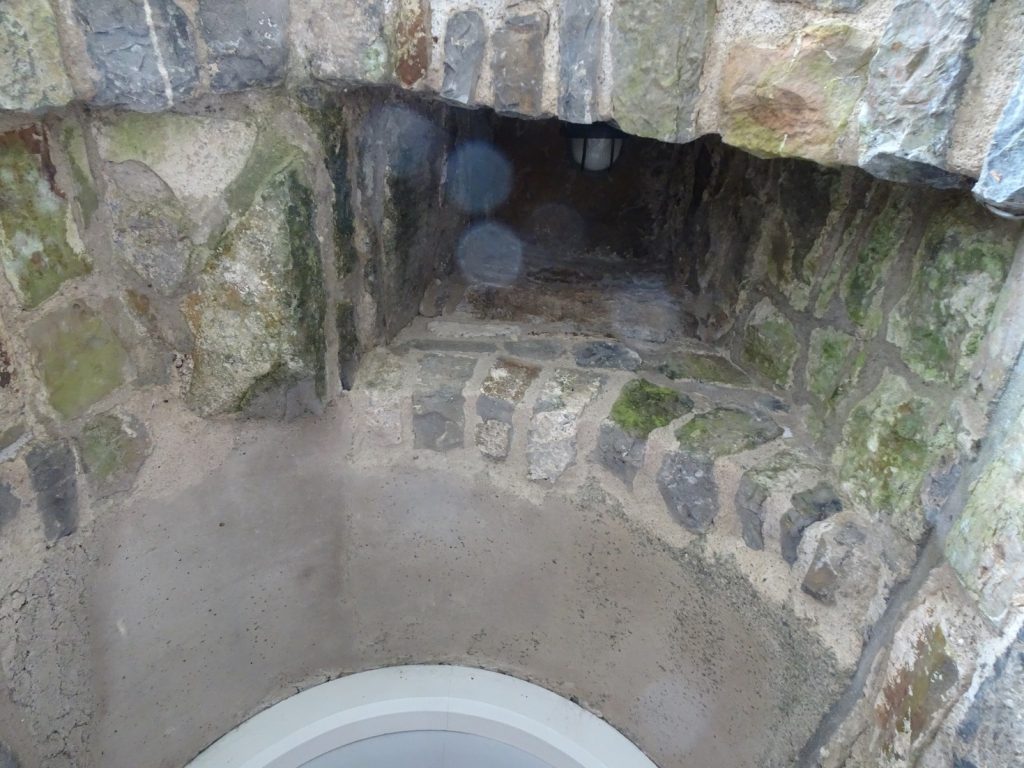
Neil Ludlow told The Pembrokeshire Herald: “The enigmatic castle at Picton in Pembrokeshire is best-known for its magnificent Georgian interiors. But beneath this veneer is a medieval castle, from around 1315-20, with a unique layout. A towered hall-block with a pioneering ‘H-plan’, it reveals elements derived from royal planning, and sophisticated domestic arrangements including serving hatches between the floor levels. These innovations show it to have been a castle that was ahead of its time.”
Castle Studies Trust Chair of Trustees Jeremy Cunnington added: “The Castle Studies Trust is delighted to have funded the first ever detailed survey of Picton Castle and to have learned so much more about the medieval form of this unique building.”
Dr Rhiannon Talbot-English, Director at Picton Castle Trust told this newspaper: “Picton Castle has always been something of an enigmatic mystery: hidden gothic alcoves and arches, secret spiral staircases and untouched medieval Undercroft. Picton Castle Charitable Trust is extremely grateful to the Castle Studies Trust for its generous financial support which has enabled this research to be undertaken and we look forward to sharing this new knowledge with the public in a new exhibition about the early castle.”
Community
Solemn tributes at Freshwater West for WWII maritime tragedy
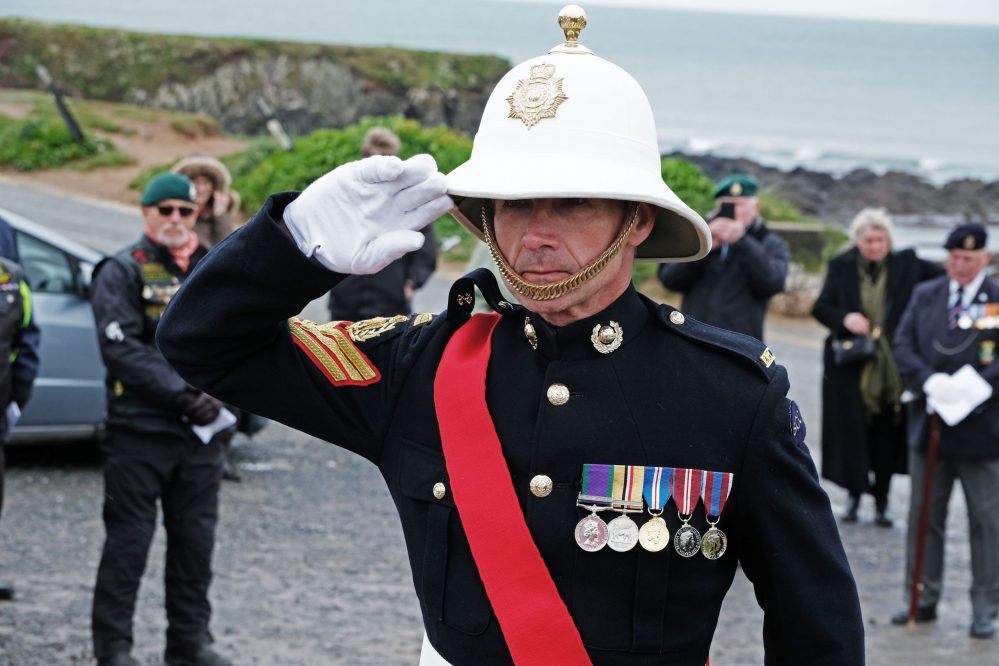
IN an emotional gathering at Freshwater West, Pembrokeshire, the public and veterans convened on April 29, to honour the memory of the 85 souls lost in the tragic sinking of Landing Craft, Gun (LCG) 15 and LCG 16 during a brutal storm in April 1943.
The memorial service took place near the scenic, surf-popular beach, where the community assembled to reflect on the calamity that struck during a perilous wartime operation.
The service highlighted the sacrifices made by those aboard the LCGs, as well as six valiant crew members from the HMS Rosemary, who perished while attempting a daring rescue amidst the tempest.
Originally designed as Landing Craft, Tanks (LCTs), LCG 15 and LCG 16 were converted at Belfast’s Harland & Wolff shipyard to support amphibious operations by equipping them with heavy artillery.
Their redesign included the installation of two 4.7 inch guns intended for use during D-Day, suggesting that, had they survived, these crafts and their crews could have played a pivotal role in the Normandy Landings.
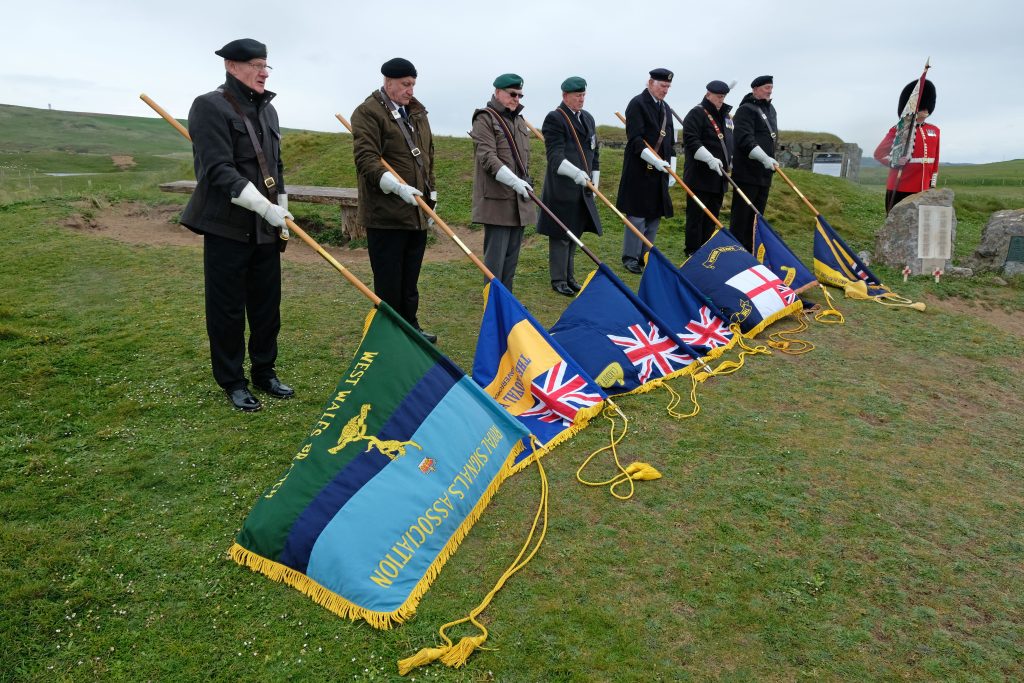
The crafts were en route to Falmouth when they encountered severe weather off the coast of Freshwater West.
Compounded by their flat-bottomed design, which was ill-suited for rough seas, both vessels tragically succumbed to the stormy conditions.
Denied shelter at Fishguard, they were compelled to continue towards Milford Haven, a decision that ultimately led to their sinking.
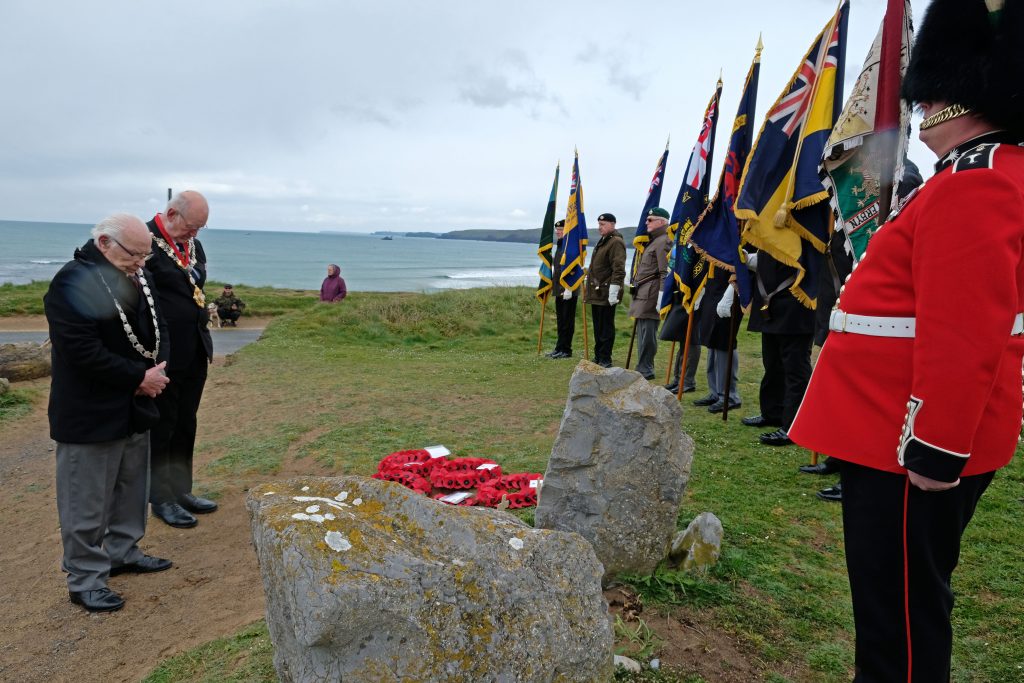
Today, the wrecks of LCG 15 and LCG 16 lie as protected war graves, and a poignant memorial stands overlooking the beach, a testament to the bravery and enduring legacy of the men lost to the sea.
Visitors to the memorial site at Freshwater West, which also hosts another commemorative marker at Thornton Cemetery in Milford Haven, can reflect upon the harrowing experiences faced by wartime naval personnel and the profound impact of their service.
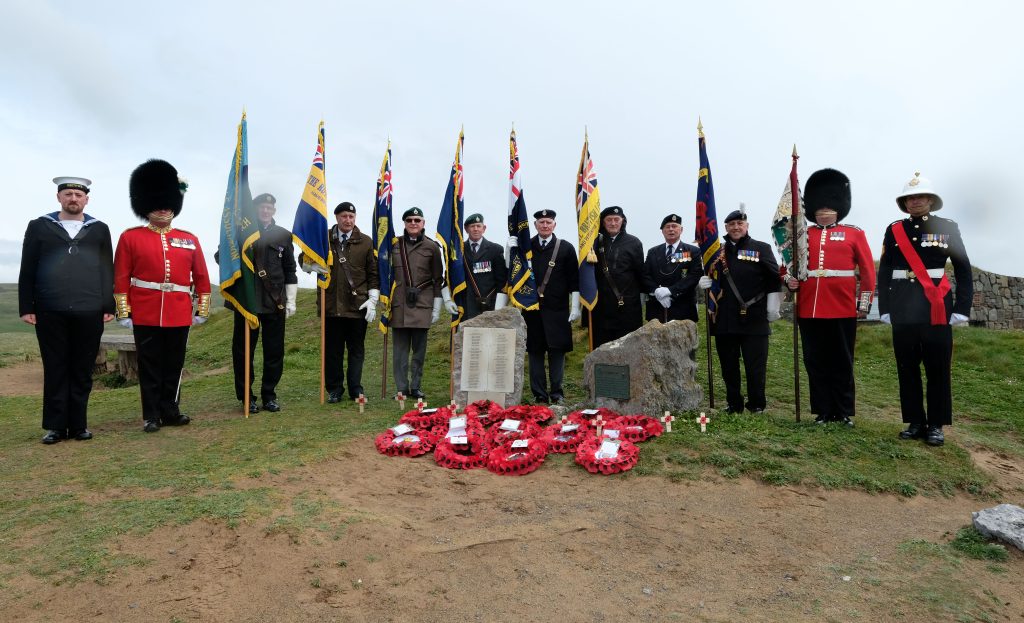
The event served not only as a remembrance but also as an educational experience, particularly for younger generations unaware of the perils faced by their forebears during such tumultuous times.
The memorial at Freshwater West remains open to the public, offering a place for contemplation and respect, against the backdrop of one of Wales’ most beloved surfing beaches, where the echoes of history resonate with the sounds of the waves.
Pictures by Martin Cavaney
-

 News4 days ago
News4 days agoPolice and air ambulances at ‘serious incident’ at West Wales school
-

 Business2 days ago
Business2 days agoLargest Welsh port appoints communications and marketing director
-
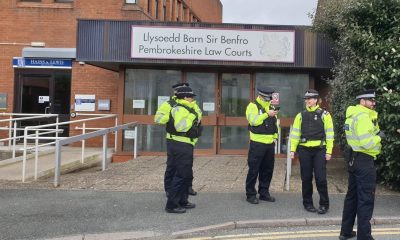
 Crime4 days ago
Crime4 days agoPembrokeshire pensioner accused of 17 sexual offences against children
-
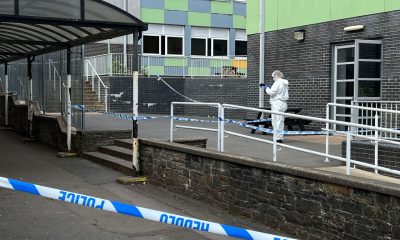
 Crime3 days ago
Crime3 days agoAll three school stabbing victims discharged from hospital, police confirm
-

 Community5 days ago
Community5 days agoCounty Hall to offer space for community banking
-

 Crime6 days ago
Crime6 days agoBrian Davis: Wanted on suspicion of commercial burglary
-

 Sport6 days ago
Sport6 days agoSwifts eyes on double.
-

 Community2 days ago
Community2 days agoSuspected explosive device found on west Wales beach







